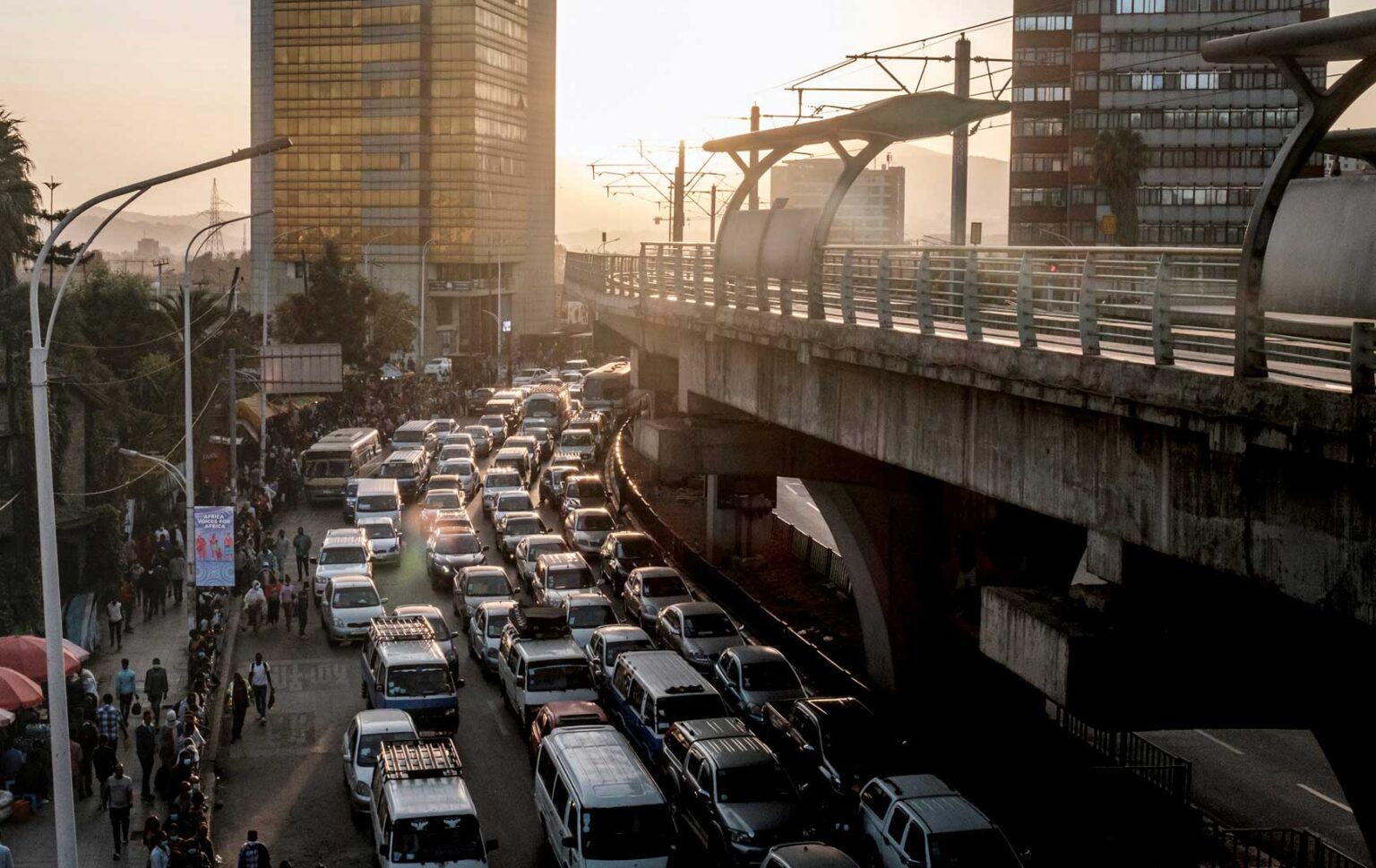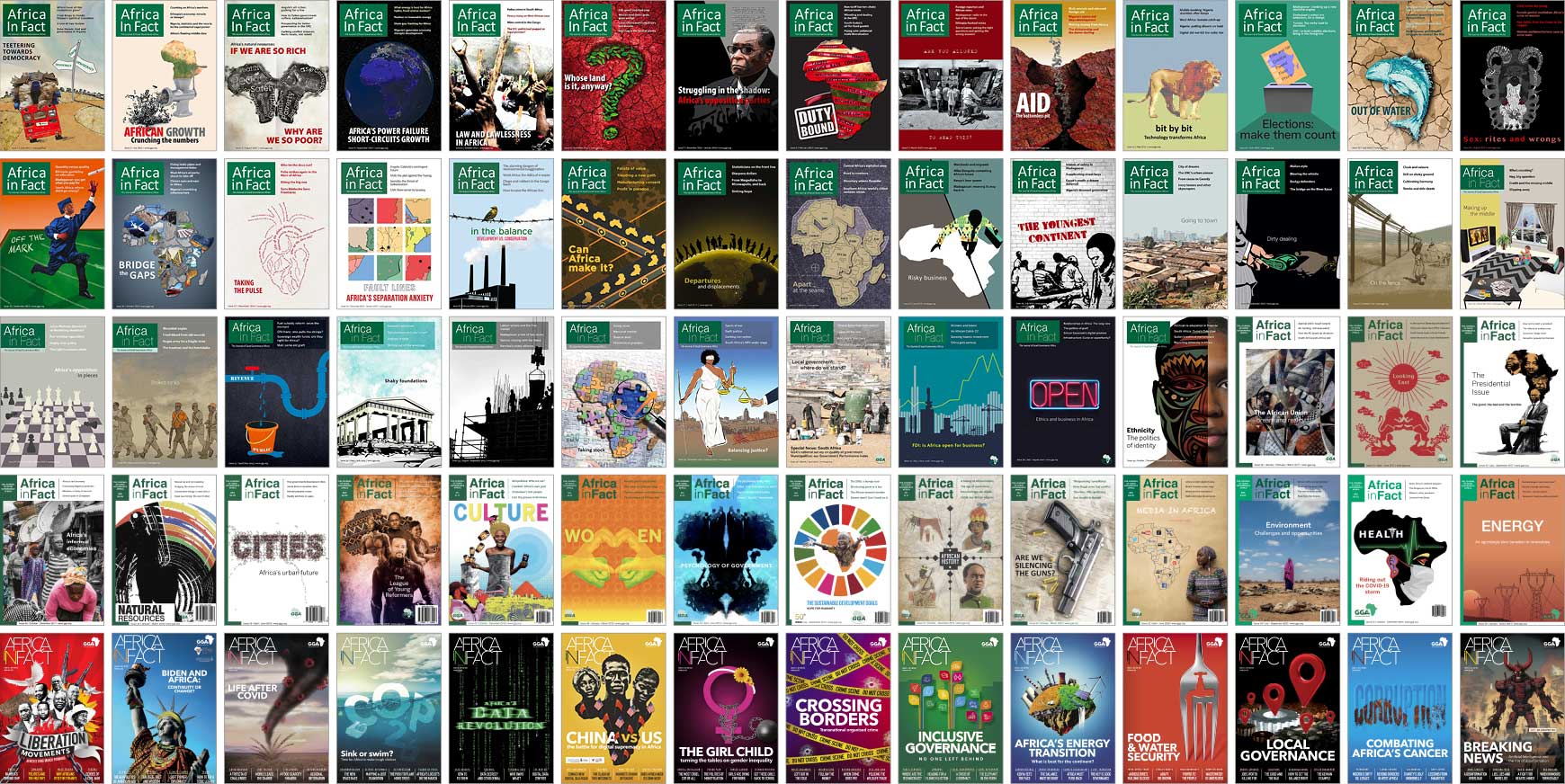Addis Ababa’s transport network illustrates what some have termed Africa’s “infrastructure paradox” – rapid expansion without corresponding improvements in quality or inclusivity. While the city’s road network spans 3,761 km, only 26% is paved, compared to 45% in Nairobi and 38% in Kampala.
The Light Rail Transit (LRT) system, a 32.1 km project funded by China, operates at just 41% capacity due to poor maintenance, mirroring the issues in Lagos’s Blue Line. Meanwhile, minibus taxis – 8,911 vehicles handling 80% of demand – focus on profitable routes, leaving peripheral areas underserved. This coverage bias forces 54% of residents to walk.
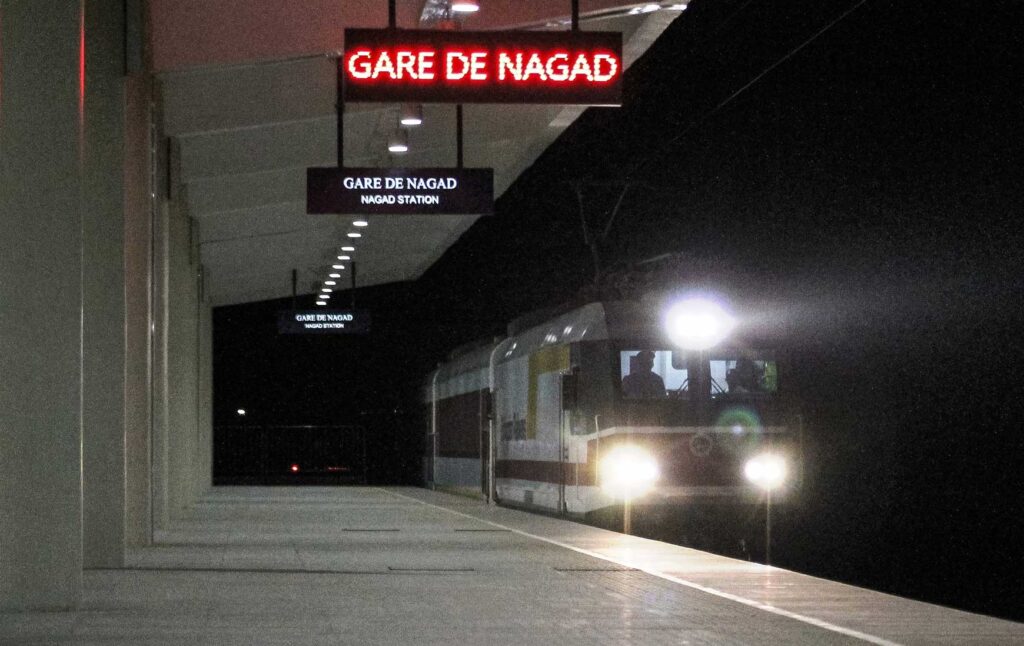
Addis Ababa’s transport governance is fragmented. Four sub-agencies under the Addis Ababa Roads and Transportation Bureau (AARTB) often work at cross-purposes. This duplication diverts 35% of road funds to redundant projects.
Corruption further compounds these inefficiencies. The LRT’s operational struggles are a case in point; while the city secured $475 million in Chinese loans for construction, it failed to allocate funds for spare parts, reflecting a continent-wide tendency to prioritise visible infrastructure over maintenance.
Transport costs in Addis Ababa deepen inequality. The poorest quintile spends 53% of their income on transit, compared to just 4% for the wealthiest, a disparity wider than Nairobi’s 38%-6% gap. Pedestrians face significant risks, as 65% of roads lack pavements, contributing to 412 pedestrian deaths in 2022. Spatial mismatches further marginalise residents; 72% of new condominiums built since 2015 lack dedicated transit links, marking a planning failure.
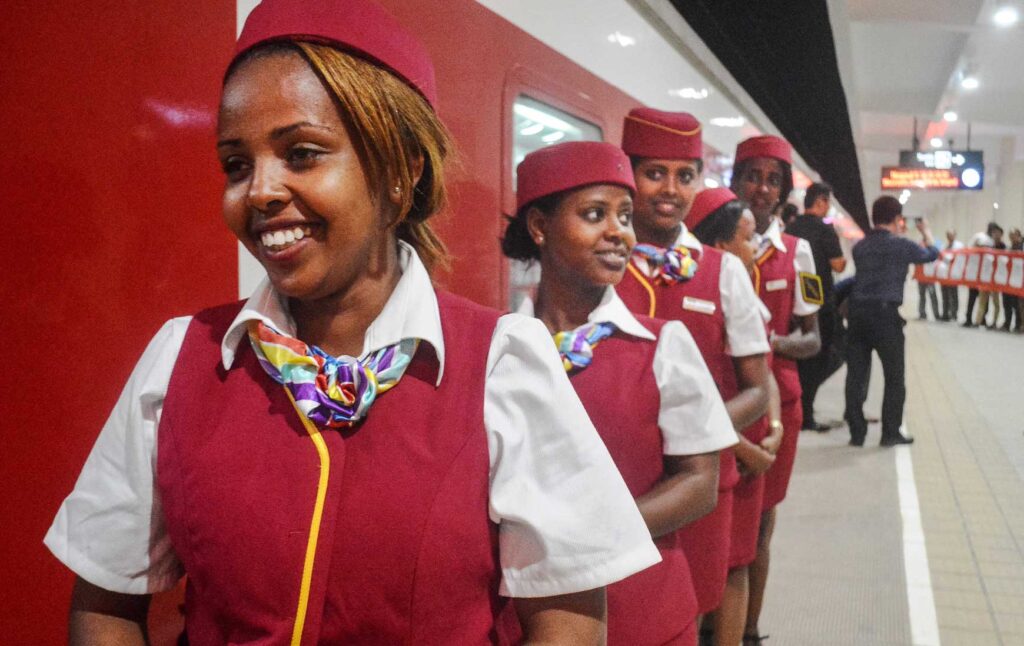
Transport accounts for 90% of Addis Ababa’s carbon monoxide emissions, with minibuses averaging 17 years old, emitting eight times the particulate levels recommended by the World Health Organization. The city’s 2019 Non-Motorised Transport (NMT) policy aimed to increase pedestrian and cyclist trips to 50% by 2030 but had constructed only 12 km of protected bike lanes by 2023, underscoring the gap between policy and implementation. Similarly, the Bus Rapid Transit project has stalled due to disputes between the city and the World Bank over lane prioritisation, highlighting the challenges of aligning climate goals with local realities.
Hybrid governance models emerge through actors like Tera askebaris (queue keepers), who informally regulate minibus stops in exchange for payments, a phenomenon also seen in Accra’s trotro system. International donors like China and the EU further complicate planning by prioritising conflicting projects like the LRT and NMT initiatives.
Addis Ababa’s transport crisis has far-reaching consequences. Traffic congestion costs Ethiopia 3% of its GDP annually, while rising fuel prices disrupt rural-urban supply chains, driving up food costs. Progress toward SDG 11 remains limited; only 12% of the city’s 2021-2025 transport budget is allocated to sustainability, compared to 22% in Kigali. Achieving the SDGs requires integrating transport with land-use planning through transit-oriented development, for example.
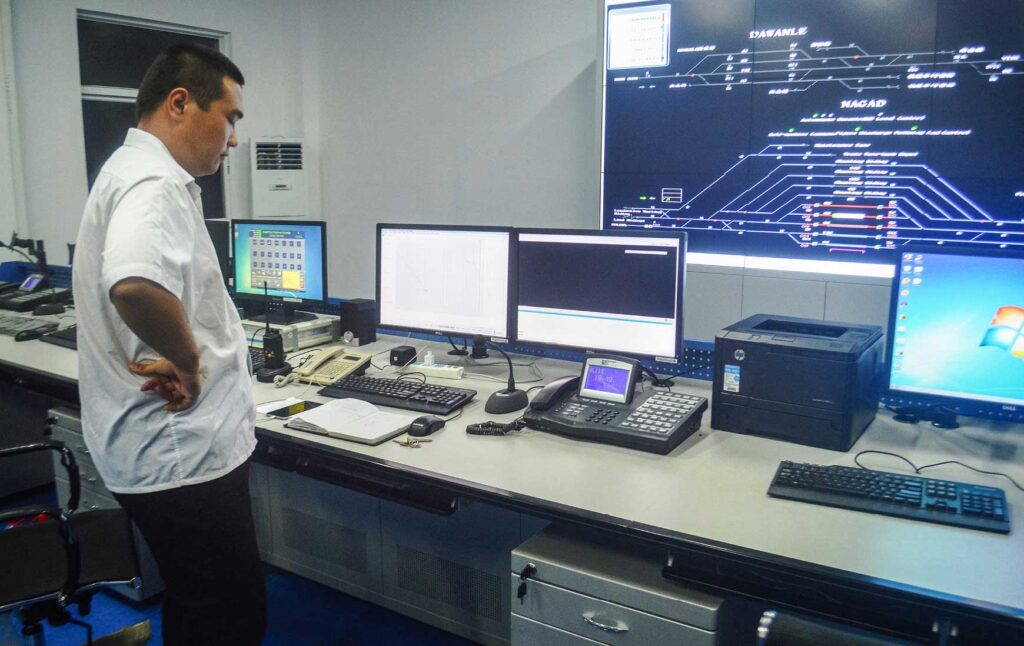
Addis Ababa City has been implementing a large-scale urban renewal programme since the early 1990s. However, a significant and visible urban renewal process has been undertaken following the policies of the newly structured Prosperity Party under Prime Minister Abiy Ahmed, which has been in power since 2019. Since then, the city has embarked on numerous urban renewal and development initiatives to modernise infrastructure, improve transportation, and enhance the overall urban environment. These include, among others, the riverside development projects, roadside corridors, inner-city redevelopment, the construction of commercial and residential houses, public parks, playgrounds, museums, libraries, and so on.
The Addis Ababa Corridor Development Project is an extensive urban renewal initiative aimed at improving connectivity and fostering economic growth within the city. The primary goals of the Corridor Development Project are to reduce traffic congestion, enhance accessibility, and create vibrant economic hubs that attract investment and stimulate local economies. The other focus is on Smart City initiatives to implement technology-driven solutions for traffic management, public transport scheduling, and infrastructure maintenance. While the Addis Ababa Corridor Development Project promises significant benefits, it also presents challenges for residents and businesses.
Addis Ababa’s transport challenges epitomise Africa’s urbanisation dilemma – rapid growth without livable systems. As African cities continue to expand, Addis Ababa’s experience underscores the need for political courage to prioritise people over vehicles and foster partnerships over fragmentation.

Prof Tebarek Lika Megento
Dr Tebarek Lika Megento is an Associate Professor of Urban and Regional Development and Value Chains at the Department of Geography and Environmental Studies at Addis Ababa University. He holds a Ph.D. in Development Geography from the University of Bayreuth, Germany. He also has an MA degree in Critical Practitioner Inquiry for Educators from Umeå University, Sweden, and an MA and BA in Geography from Addis Ababa University.

